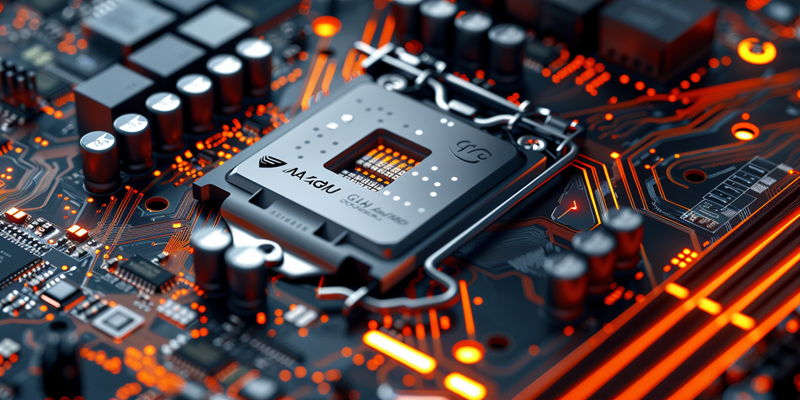In a dynamic and ever-competitive technology market, AMD is making a calculated move to outshine its arch-rival Intel with a strategic branding pivot. The tech industry’s titanic tussle for technological dominance sees AMD reshuffling its naming conventions to pack a more compelling punch in the market. This response zeroes in on Intel’s Core Ultra series, as AMD lines up to reveal its hand with an adjustment in the classification of its upcoming Strix Point APUs—now taking the moniker “Ryzen AI 300” series, stepping up from its initially intended “Ryzen AI 100” name. It’s a bold leap intended to bypass any numerical disadvantage when toe-to-toe with Intel’s “Core Ultra 200” series, a tacit acknowledgment that in the high-stakes marketing game, perception matters as much as performance.
AMD’s Branding Maneuver
The Naming Game
The shift from “Ryzen AI 100” to “Ryzen AI 300” is more than mere numerical leapfrogging; it’s a declaration of AMD’s intent to lead, not follow. By injecting ‘AI’ into the nomenclature, AMD targets a market increasingly hungry for artificial intelligence capabilities in their computing devices. The decision to rename directly confronts Intel’s offering, aspiring to set a new par in a game where brand perception can significantly influence consumer decisions. This strategic branding realignment also seeks to dampen any confusion or hesitation purchasers might have when comparing specifications across brands, painting AMD’s products as experientially, rather than just technologically, superior.
Architectural Advancement
This rebranding heralds the arrival of AMD’s third-generation APUs, which are replete with promising advancements, including the advent of a dedicated neural processing unit (NPU) architecture. Dive into the technicalities, and you’ll find that these APUs are not just rebranded but rebuilt for the demands of modern computing. The flagship Ryzen 9 AI HX 370 strides forward confidently with a 5.1 GHz max clock speed and 77 AI TOPs owing to a 45 TOPS NPU, coupled with 16 RDNA 3+ compute units—all within a power-smart 35-45W TDP range. Additional details regarding both performance and efficiency for other models like the Ryzen AI 9 365 and Ryzen 7 AI HX 350 are anticipated within the tech community, eager to see how AMD’s AI-capable lineup will reshape expectations within the portable computing sector.
Positioning for the Future
Market Competitiveness
A closer look at AMD’s initiative to rethink the TDP-specific tiers within its Ryzen mobile lineup reveals a quest for simplification aimed at resonating with consumers. This cleaner, more logical product stack is designed to ease the decision-making process for those looking to invest in the latest laptop technology. It appears to be a deliberate move to position these high-performance, AI-capable products as forward-thinking solutions for consumers and businesses alike. By weaving the narrative of AI into the fabric of its product line, AMD takes on its competitors while addressing the macro trend of increasing AI integration in personal computing.
Technological Prominence
Amid the high-intensity rivalry of the tech market, AMD is taking a decisive step to eclipse its foremost competitor, Intel, through a significant rebrand. In the ongoing battle for supremacy in the field of technology, AMD is shaking up its naming strategy to make a stronger impression in the crowded marketplace. Targeting Intel’s Core Ultra series, AMD is poised to unveil its next-gen Strix Point APUs. Instead of the originally planned “Ryzen AI 100” designation, these chips will now bear the “Ryzen AI 300” label. It’s an audacious move to avoid being overshadowed by Intel’s “Core Ultra 200” series, subtly conceding that in the realm of market positioning, the influence of perception is equally as critical as the actual technological prowess. By aligning its numbering with market expectations, AMD signals its readiness to contend on every front, including the psychological battlefield of consumer appeal.

